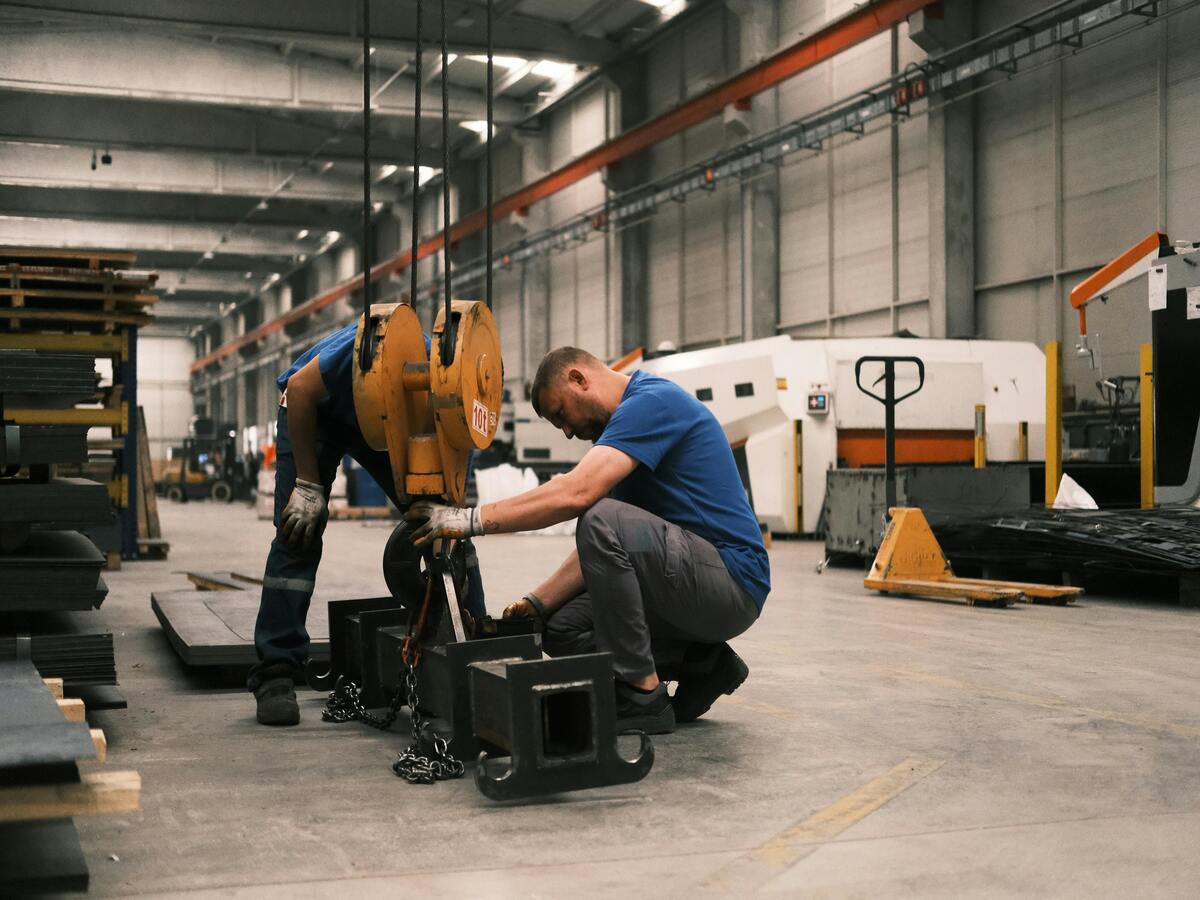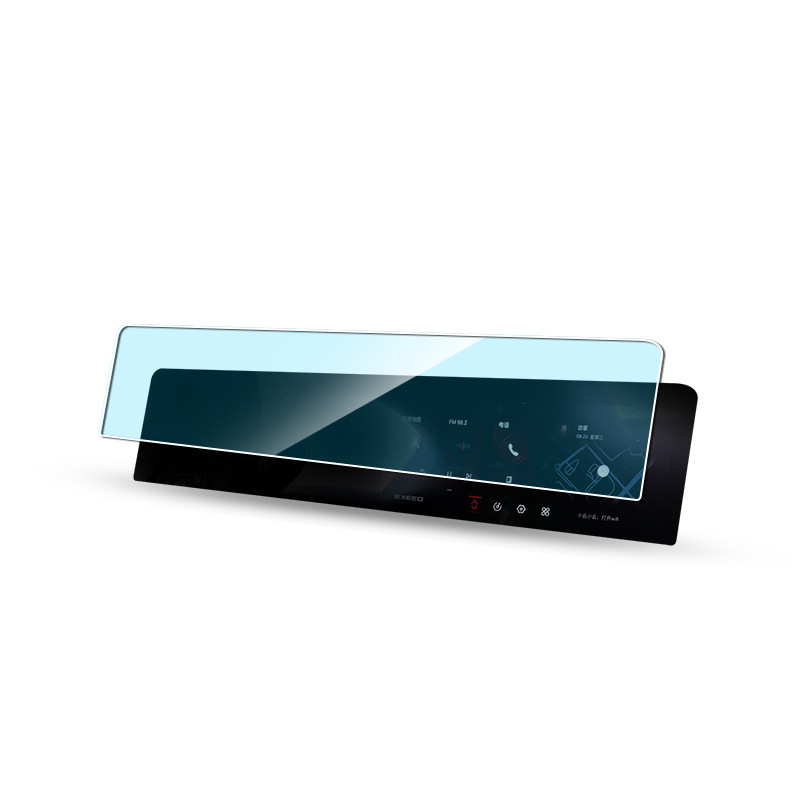
How to Put the Screen Protector?
Table des matières
Résumé
By following these steps and tips, you can ensure a perfect, bubble-free application every time.
Principaux enseignements
- Choose the Right Protector: Consider your needs and preferences.
- Prepare Your Device: Cleanliness is crucial for a bubble-free application.
- Take Your Time: Careful alignment and application prevent common mistakes.
- Maintain Regularly: Keep your protector clean for optimal performance.
By mastering the art of screen protector application, you can protect your investment and enjoy a pristine smartphone screen for years to come.
What is a Screen Protector and Why Do You Need One?
A screen protector is a thin layer of material that adheres to the screen of your smartphone. Its primary purpose is to protect the screen from scratches, cracks, and other forms of damage. Protecteurs d'écran are essential for maintaining the longevity and resale value of your device. They act as a first line of defense against everyday wear and tear.Benefits of Using a Screen Protector
- Résistance aux rayures: Protects against keys, coins, and other sharp objects.
- Impact Protection: Absorbs shock from drops and falls.
- Clarté et sensibilité au toucher: Maintains the original screen’s clarity and responsiveness.
Types of Screen Protectors: Which One is Right for You?
Choosing the right screen protector depends on your needs and preferences. There are several types available, each with its own advantages.Tempered Glass vs. Plastic Film
- Verre trempé: Offers superior protection and feels like the original screen. It’s more durable and provides better impact resistance.
- Plastic Film: Thinner and more flexible, often cheaper, but less durable than tempered glass.
Protecteurs d'écran antireflet et de confidentialité
- Anti-éblouissement: Reduces reflections and glare, ideal for outdoor use.
- Vie privée: Prevents others from viewing your screen from an angle, perfect for privacy-conscious users.
Preparing Your Smartphone for Screen Protector Application
Before applying a screen protector, it’s crucial to prepare your smartphone properly. This ensures a clean and bubble-free application.
Cleaning Your Screen
- Turn Off Your Device: This prevents accidental touches and makes it easier to see dust and smudges.
- Utiliser un chiffon en microfibres: Gently wipe the screen to remove fingerprints and dust.
- Appliquer une solution de nettoyage: Use a screen-safe cleaner to remove stubborn dirt and oils.
Creating a Dust-Free Environment
- Work in a Clean Area: Avoid applying the protector in dusty or windy environments.
- Use a Dust Removal Sticker: These are often included with screen protectors to pick up any remaining particles.
Step-by-Step Guide to Applying a Screen Protector Without Bubbles
Applying a screen protector can be straightforward if you follow these steps carefully.Step 1: Align the Protector
- Position the Protector: Hold the screen protector above your device and align it with the edges and cutouts.
- Use Guide Stickers: Some protectors come with guide stickers to help with alignment.
Step 2: Apply the Protector
- Peel Off the Backing: Carefully remove the backing from the protector.
- Lower the Protector: Start from one edge and slowly lower the protector onto the screen.
Step 3: Remove Bubbles
- Use a Squeegee: Gently press out any bubbles towards the edges using a squeegee or a credit card wrapped in a microfiber cloth.
- Check for Dust: If bubbles persist, lift the protector slightly and use a dust removal sticker.
Common Mistakes to Avoid When Installing a Screen Protector
Even with the best intentions, mistakes can happen. Here are some common pitfalls to avoid.
Misalignment
- Take Your Time: Rushing can lead to misalignment. Ensure the protector is perfectly aligned before pressing it down.
Dust and Debris
- Double-Check for Dust: Even a small speck of dust can cause bubbles. Use a dust removal sticker to ensure a clean surface.
How to Remove Bubbles from a Screen Protector
Bubbles can be frustrating, but they are often fixable with a little patience.Using a Squeegee
- Start from the Center: Press the squeegee from the center of the screen towards the edges to push out air bubbles.
Lifting and Reapplying
- Lift the Protector: If bubbles persist, gently lift the protector and reapply, ensuring no dust is trapped underneath.
Maintaining Your Screen Protector for Longevity
Once your screen protector is applied, proper maintenance will ensure it lasts as long as possible.Nettoyage régulier
- Utiliser un chiffon en microfibres: Regularly clean the protector to maintain clarity and touch sensitivity.
Avoiding Harsh Chemicals
- Stick to Screen-Safe Cleaners: Avoid using alcohol or ammonia-based cleaners that can damage the protector.
FAQs About Screen Protector Application
Can I Reuse a Screen Protector?
- Generally No: Most screen protectors are designed for one-time use. Removing and reapplying can reduce adhesion and effectiveness.
How Often Should I Replace My Screen Protector?
- Depends on Wear: Replace it if it becomes scratched, cracked, or loses adhesion.

Troubleshooting: What to Do if Your Screen Protector Doesn’t Stick
If your screen protector isn’t sticking, there are a few things you can try.Check for Dust
- Clean the Screen Again: Dust is the most common reason for poor adhesion. Ensure the screen is spotless.
Use a Hairdryer
- Warm the Protector: Gently warming the protector with a hairdryer can improve adhesion. Be careful not to overheat.
Commentaires
Tags

How Much Does Phone Screen Repair Cost?
By following this guide, you can navigate the world of phone screen repairs with confidence and make informed decisions that suit your needs and budget.

Ford Mustang Mach-E GPS Navigation Tempered Glass
Protect your investment with a high-quality Mustang Mach-E Screen Protector.

Unlock a Smudge-Free, Glare-Free Phone Life: Why Matte EPU Beats Glossy TPU
Why choose Matte EPU over Glossy TPU? This guide explains the benefits of a smudge-free, glare-free screen protector for your phone.

Machine à découper les protections d'écran de téléphone portable
Découvrez l'avenir de la protection mobile grâce à notre guide des machines de découpe de protections d'écran. Découvrez comment les découpeurs de films créent des protections d'écran personnalisées.

Machine de découpe de protection d'écran
La machine de découpe de protection d'écran offre une découpe précise, rapide et personnalisable pour les protecteurs d'écran en hydrogel, idéale pour les magasins d'accessoires mobiles.
Découvrez toutes les connaissances et tendances de notre blog, obtenez le prix de gros et la meilleure qualité de notre usine.

Quelles sont les machines de découpe de films et leurs applications ?
Les machines de découpe de films ont joué un rôle crucial dans l'évolution de la production cinématographique et de divers processus industriels en permettant une découpe et une jonction précises des matériaux cinématographiques.

Qu'est-ce qu'une machine à découper les protections d'écran ?
Une machine à découper les protections d'écran est un appareil spécialisé conçu pour produire des protections d'écran sur mesure pour divers appareils électroniques, notamment les smartphones, les tablettes, les smartwatches, les ordinateurs portables et les moniteurs.

Comment fonctionne la machine à découper les protections d'écran de téléphone portable?
Une machine à découper les protections d'écran de téléphone portable est un appareil sophistiqué conçu pour
produire des protections d'écran personnalisées pour divers appareils numériques avec un haut degré de précision.
et l'efficacité.

Caractéristiques du verre trempé et du protecteur d'écran TPU pour téléphones portables
Les protections d'écran en polyuréthane thermoplastique (TPU) sont flexibles, durables et
films plastiques auto-cicatrisants conçus pour protéger les écrans d'appareils électroniques contre la corrosion.
les rayures, les impacts et autres dommages potentiels.

Révolutionner la protection des appareils grâce à la machine à découper les écrans de protection
Que vous possédiez un smartphone, une tablette ou une smartwatch, cette machine polyvalente s'adapte à un large éventail d'appareils. Il s'adapte parfaitement aux dimensions de votre gadget, offrant un ajustement personnalisé que les protecteurs génériques ne peuvent égaler.

Garantie à vie du protecteur d'écran
La garantie à vie d'un protecteur d'écran est une garantie fournie par les fabricants.
s'engage à réparer ou à remplacer un protecteur d'écran pendant toute la durée de vie du produit, selon des conditions spécifiques.





